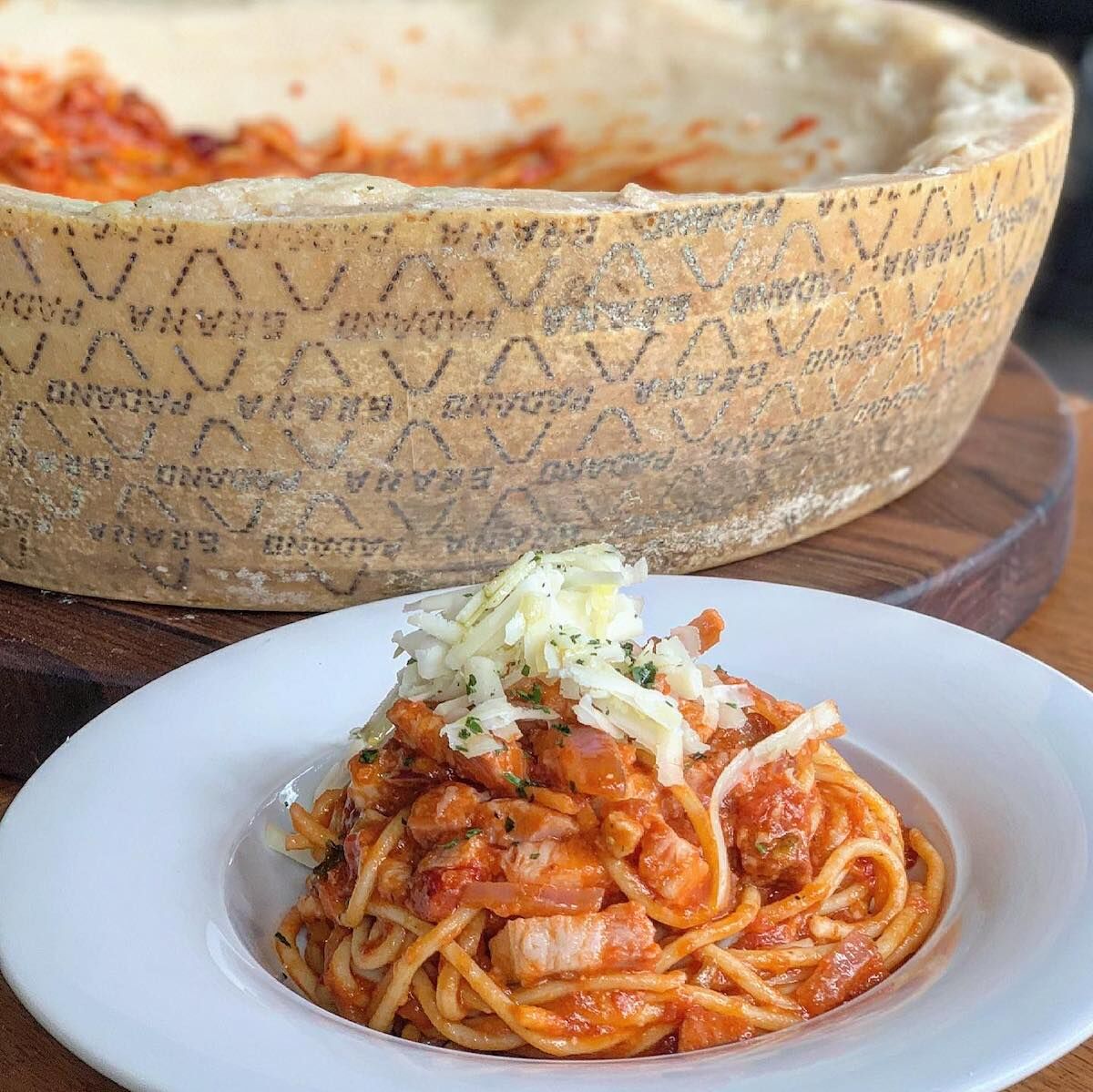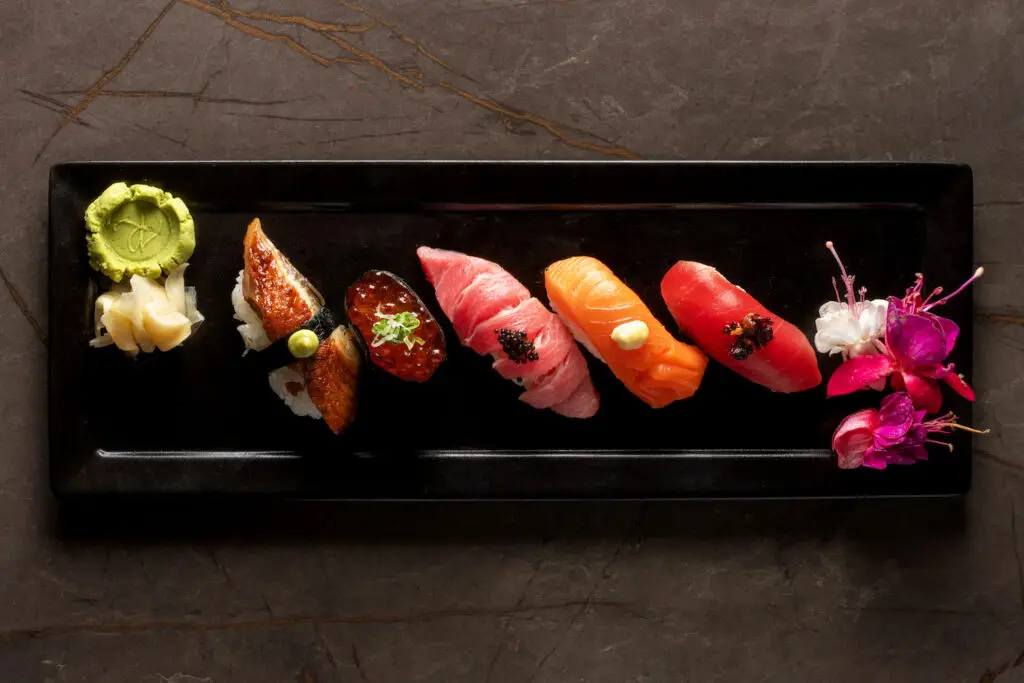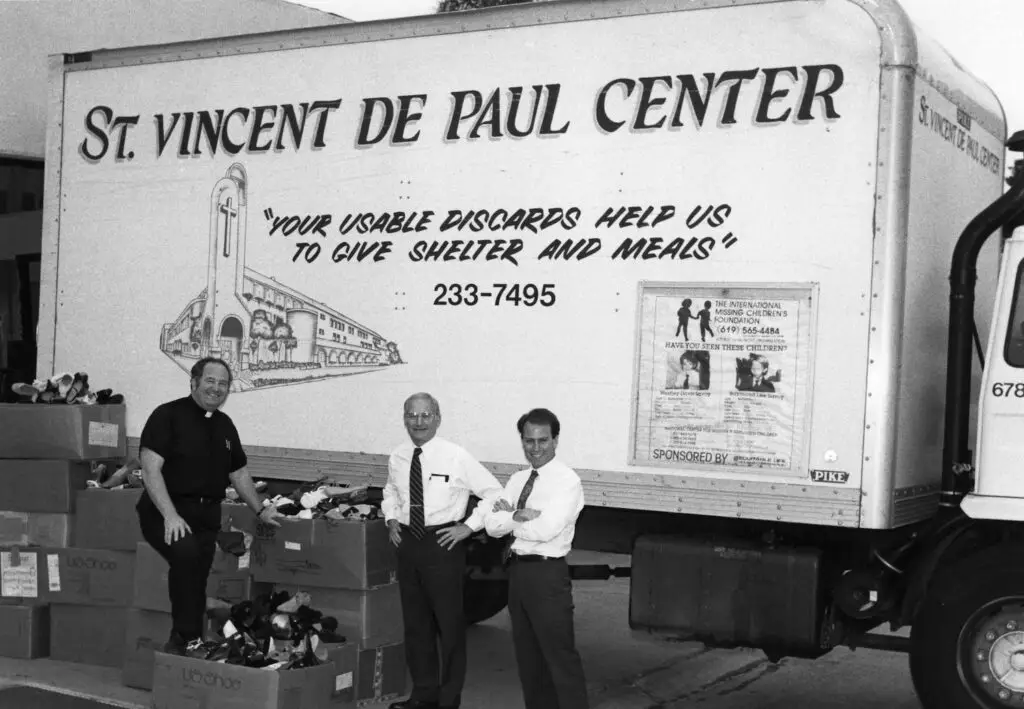
Bencotto, which serves handmate spaghetti served out of a wheel of aged cheese, once tried adding a 3% service charge, which wasn’t well received by customers—so they raised menu prices slightly instead
Courtesy of Chemistry PR
“People don’t understand that a place that services five to seven thousand guests in a month can lose money, even being well run,” Ryan Thorsen, owner of Mister A’s, says to me over the phone. “Costs are changing so fast from one week to the next. You have to be as nimble as you possibly can and yet also sell the items for prices that people are willing to pay, otherwise you’re not moving anything.”
Last week, we talked about how the rising costs of raw materials led to a drastic increase in pricing for food across the board, especially beef. Necessity is the mother of invention, and it’s heartening to see how restaurants have come together to minimize waste and utilize every item. But what happens when creativity just isn’t enough? Well, we’re already seeing it on our checks. At Mister A’s, it’s a 4% “surcharge.”
“It’s a line item that doesn’t even hit our P&L,” Thorsen says. “It’s literally an amount that we cut against our payroll expenses. We look at our own internal costs outside of that so we can see what it’s like to actually run the business. We saw it as [a way to] be transparent with our guests and say, ‘Hey, this is a cost that we’ve incurred.’”
Mister A’s first incorporated a surcharge in 2017 when minimum wage saw a roughly 40% increase. “It’s very interesting, because so many industries on earth have rolled out additional charges that you don’t see in the package pricing. But with restaurants, it was seen as something totally different. A lot of people don’t realize that our margins are shockingly thin. People expect fine dining to be different, but our operating costs are way higher.”
For Kim Phan, co-owner of Crab Hut and new hit Kingfisher (go—and by God, whatever you do, don’t skip the beef tartare), it was important to ensure fair tipping. “A large percentage of our guests weren’t even tipping 10% even though they said they liked the food and the service,” she says about the downtown Crab Hut location. “We want to protect our servers from being hurt through the traditional tip out system.” An 18% service charge was enforced at Crab Hut prior to the pandemic and, when Kingfisher opened, they made a 20% service charge a part of their standard business model. This service charge allows for tips to be equitably distributed among the servers, host, and back-of-house staff. It does not contribute toward the health insurance that Phan has always provided her employees.
Over at Trust Restaurant Group, chef-owner Brad Wise has enforced a 4% surcharge referred to as a “living wage” charge. “It benefits both our front-of-house and back-of-house staff. We use this to provide health benefits to all full-time employees, and it allows us to keep our wages competitive across the board.” Unlike a traditional surcharge or service charge, however, this 4% is completely optional. If guests choose, they may request to remove it. Some have. Most don’t.
Over a heavenly mountain of handmade spaghetti, bathed in a creamy lobster bisque sauce and served straight from a 60-pound cheese wheel at Little Italy’s Bencotto, I learned that owner Guido Nistri tried a 3% surcharge a few years ago and found that his customers weren’t in favor of it. “A lot of customers don’t want to hear about it…they like to engage the staff in political conversations.” The effort lasted only a few days, after which they decided to remove the cost from checks and instead raise menu prices by a small margin. Pam Schwartz of Ranch 45 attests to having a similar experience.
San Diego’s restaurant scene isn’t the only one that’s divided on how to address rising costs to build fairer workplace models. Until direction comes from state or federal governments, it’s in the hands of every owner to come up with the solution they deem the fairest. In the meantime, here’s a handy guide for us dining devotees on how to handle the recommended standard 20% tip in these circumstances:
-
Surcharge = tip still encouraged
-
Service charge = technically considered a gratuity but, if you’ve had a stellar experience, you may tip an additional amount
-
Living wage = if listed as optional, tip at your discretion

















